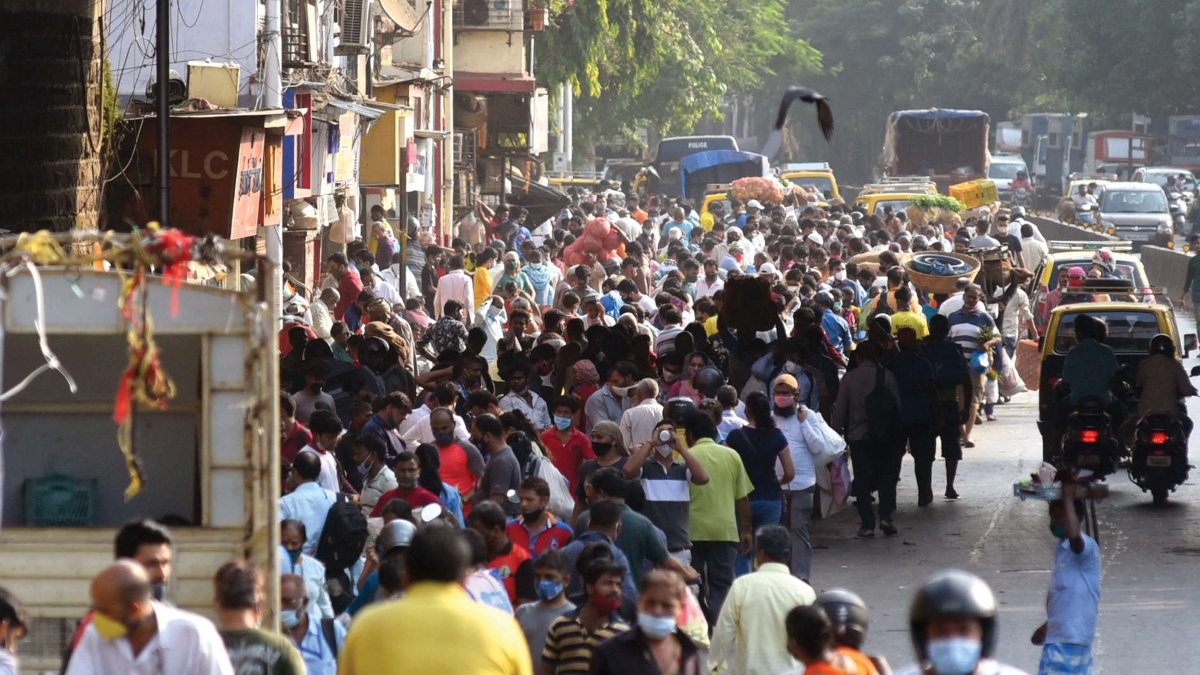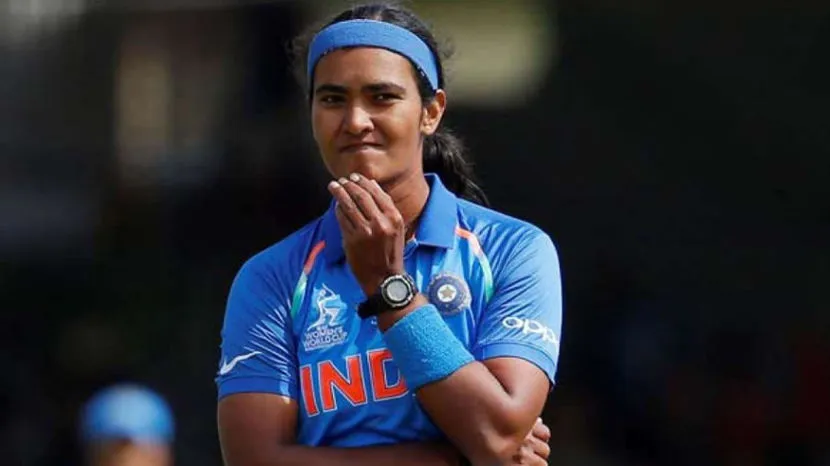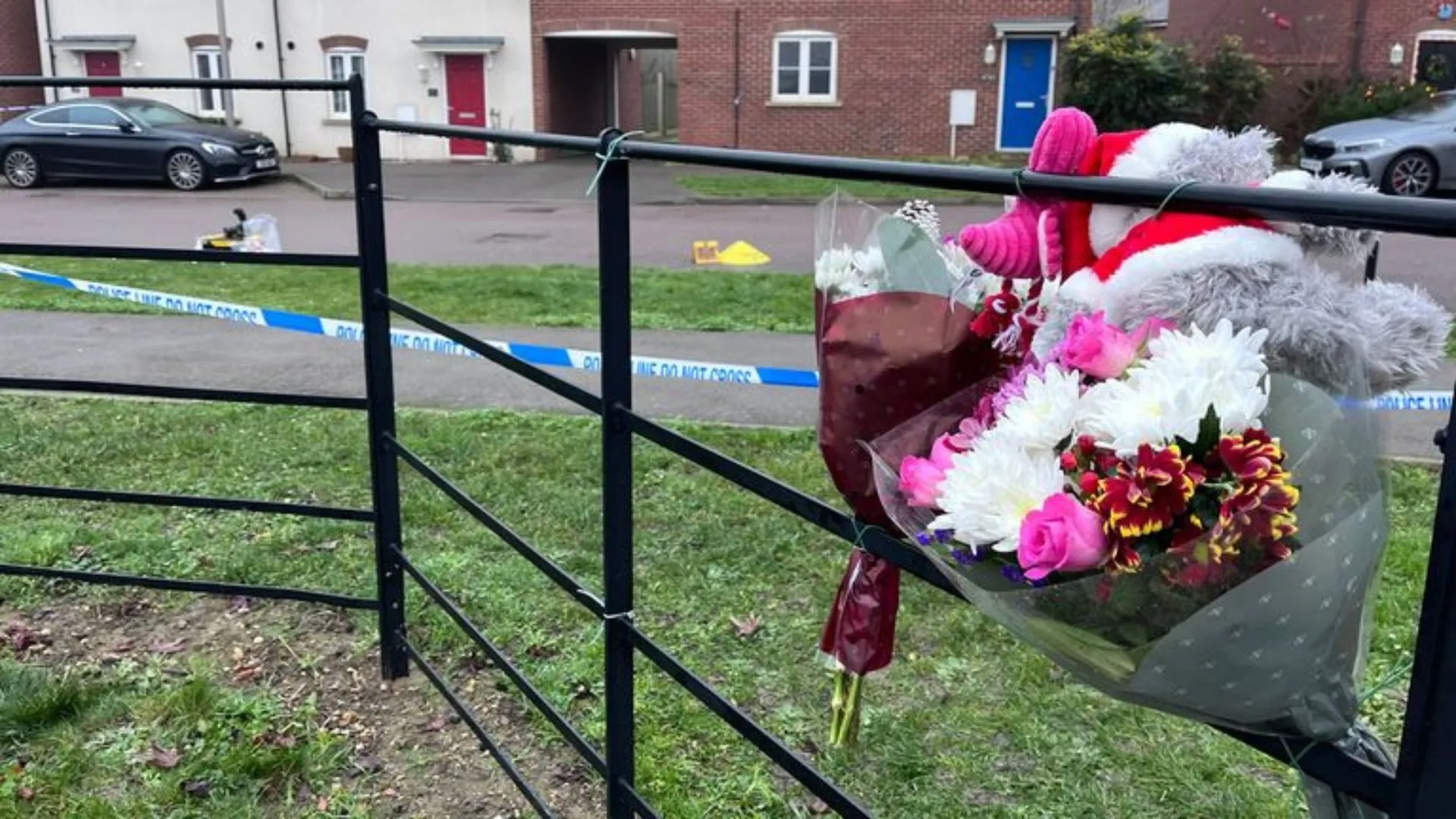With 4,03,738 new Covid-19 cases in the last 24 hours, India continued to report more than four lakh daily coronavirus infections for the fourth day on the trot. With this, the cumulative national tally of the infection went up to 2,22,96,414, the Union Health Ministry informed on Sunday morning. The country saw 3,86,444 fresh recoveries on Saturday, pushing the total number of discharges to 1,83,17,404. At present, India has 37,36,648 active coronavirus cases.
In an interview with AFP, World Health Organization’s chief scientist Soumya Swaminathan warned that “the epidemiological features that we see in India today do indicate that it’s an extremely rapidly spreading variant”. She said that the B.1.617 variant of Covid-19, which was first detected in last October, was clearly a contributing factor to the catastrophe unfolding in her homeland.
“There have been many accelerators that are fed into this,” Swaminathan said, stressing that “a more rapidly spreading virus is one of them”.
The WHO recently listed B.1.617 — which counts several sub-lineages with slightly different mutations and characteristics — as a “variant of interest”. But so far it has stopped short of adding it to its short list of “variant of concern” — a label indicating it is more dangerous than the original version of the virus by being more transmissible, deadly or able to get past vaccine protections.
Several national health authorities, including in the United States and Britain, have meanwhile said they consider B.1.617 a variant of concern, and Swaminathan said she expected the WHO to soon follow suit.
“B 1.617 is likely to be a variant of concern because it has some mutations which increase transmission, and which also potentially could make (it) resistant to antibodies that are generated by vaccination or by natural infection,” Swaminathan was quoted as saying by AFP.
She, however, insisted that the variant alone could not be blamed for the dramatic surge in cases and deaths seen in India, lamenting that the country appeared to have let down its guard down, with “huge social mixing and large gatherings”. But even as many in India felt the crisis was over, dropping mask-wearing and other protection measures, the virus was quietly spreading.
“In a large country like India, you could have transmission at low levels, which is what happened for many months,” she said. “It was endemic (and) probably gradually increasing,” she said, decrying that “those early signs were missed until it reached the point at which it was taking off vertically.”
“At that point it’s very hard to suppress, because it’s then involving tens of thousands of people and it’s multiplying at a rate at which it’s very difficult to stop.”
While India is now trying to scale up vaccination to rein in the outbreak, Swaminathan warned that the jabs alone would not be enough to gain control of the situation. She pointed out that India, the world’s largest vaccine-making nation, had only fully vaccinated around two percent of the 1.3 billion-plus population. “It’s going to take many months if not years to get to the point of 70 to 80 percent coverage,” she told AFP.
With that prospect, Swaminathan stressed that “for the foreseeable future, we need to depend on our tried and tested public health and social measures” to bring down transmission.
The surge in India is frightening not only due to the horrifying number of people who are sick and dying there, but also because the exploding infection numbers dramatically increase the chances of new and more dangerous variants emerging. “The more the virus is replicating and spreading and transmitting, the more chances are that… mutations will develop and adapt,” she told AFP.
With agency inputs













